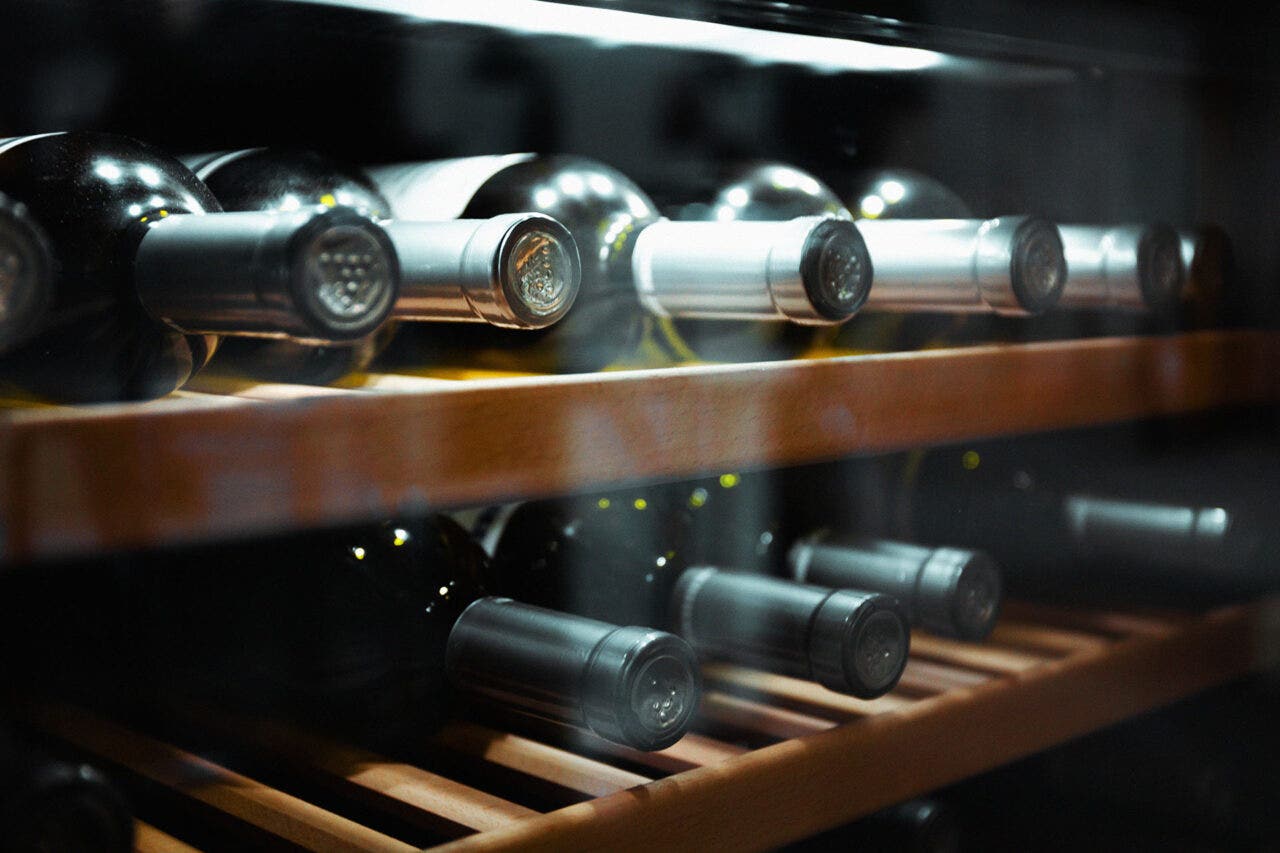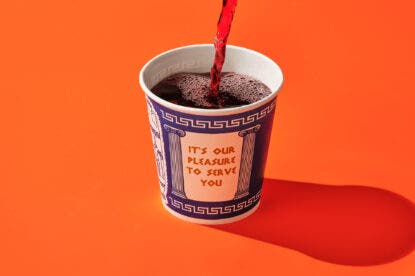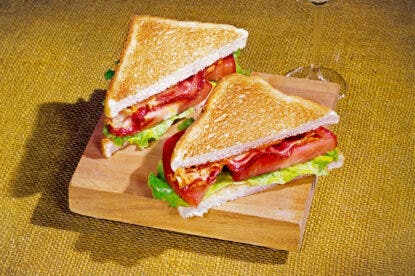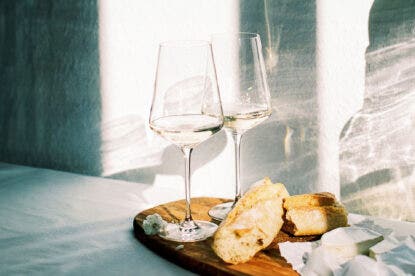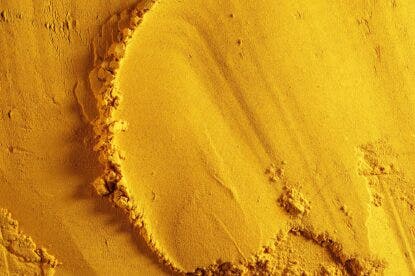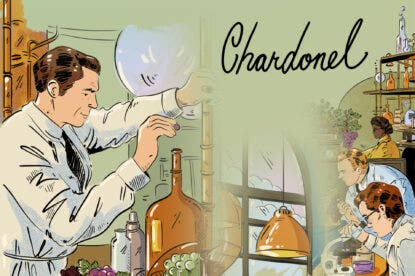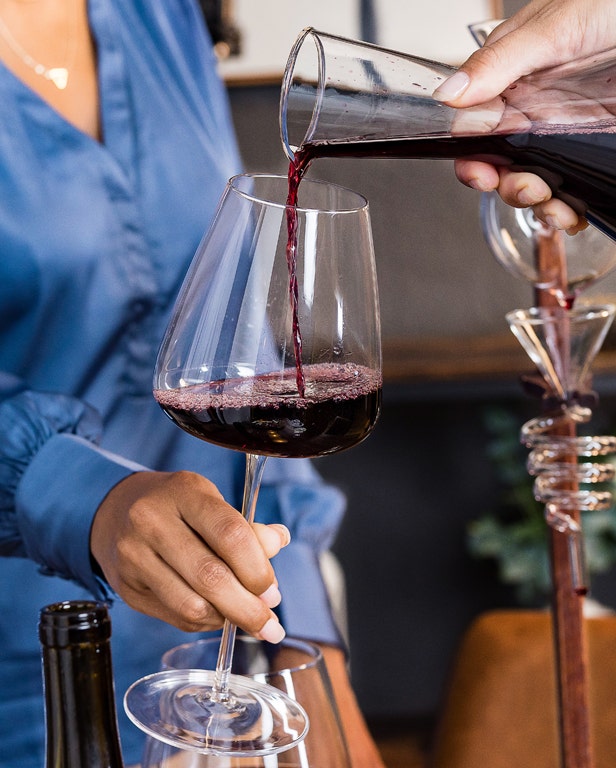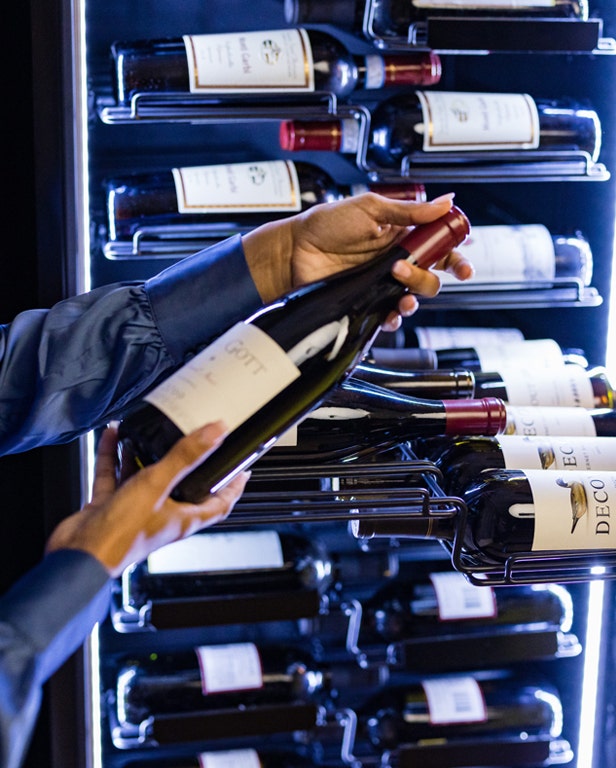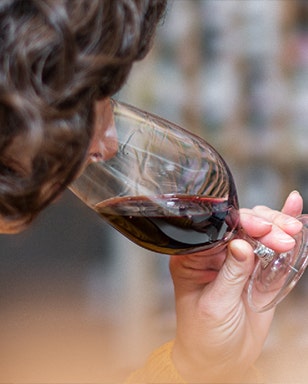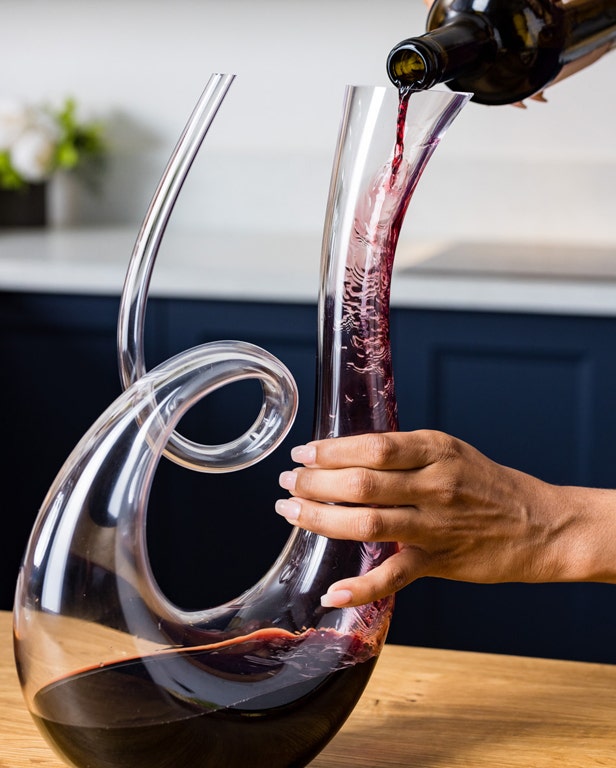To truly showcase your wine, storing and serving at the proper temperature is crucial. Determining the precise temperature your wine should be kept at is subject to several variables, all of which we’ll cover here.
What Is the Best Temperature to Store Wine?
Storage time greatly impacts the conditions at which your wine should be kept. Generally, recommendations can be divided depending on whether you’re planning for short-term or long-term storage; where short-term is less than six months, and long-term is any time beyond that.
For short-term storage, you want to avoid any pre-mature aging or agitation. To do this, a constant temperature of 50°-59° Fahrenheit is best. If you’ll be storing your wine for longer, you’ll want to keep your cooler a little colder—53° to 57° Fahrenheit. This temperature will prevent spoilage and allow the wine to age and mature gracefully.
You May Also Like: 5 Tips for Storing Opened Wine
Variables in Wine Storage
Red vs. White Wine Storage Temperature
While common to keep whites in the fridge and reds on the shelf, that’s not what the experts at Wine Enthusiast recommend. Although different wines should be served at different temperatures, all wines should be stored at the same temperature.
Whether white, red, sparkling or fortified, we suggest following the above-mentioned temperature guidelines, depending on how long you are storing your wine.
Ideal Temperature by Unit
For wine storage, coolers are available in single-zone models and dual-zone models. Single zones are often more economical, beginner friendly and ideal for long term storage of all wines. However, if you are looking to have both long-term and short-term storage as well as service temperatures in the same device, a dual-zone cooler is probably best. With dual-zone coolers, you can independently adjust the temperatures of two separate storage areas.
Another consideration is compressor coolers versus thermoelectric coolers. These two different types of refrigerators offer their own unique advantages. While they operate like a traditional refrigerator, compressor coolers can get cooler in warmer climates (80° F+) and are the more popular of the two. Thermoelectric coolers use electricity and heating plates to operate much more quietly, but you won’t find them in stock as readily.
Are you exclusively storing wine, or do you have spirits, beer, and mixers to keep cold as well? If the latter is the case, consider looking into beverage-center units. These typically have space for beer/soda cans, standard bottles, and sparkling wine bottles. Not only do these units free up space in your standard refrigerator, but they offer a convenient space for all your entertaining needs and supplies.
Sleek Design, Stable Temperatures
Rated the “Best Overall” wine fridge by Food & Wine, our 32-Bottle Dual Zone MAX Compressor Wine Cooler boasts “excellent capacity, accurate temperatures,” and other sweet features.
Wine Fridge Temperature Range
Most standard units have a temperature range between 40° F and 65° F. Some specialized units can offer temperatures below 40° F, but that will be too low for most wines.
Tips for Proper Wine Storage
Say your reds and whites are stowed away, stored in a cooler at the ideal temperature. Is there anything else you should know about storage to enjoy optimal quality and flavor? The answer is: Yes.
The location of your unit is something to consider. We suggest avoiding any particularly harsh environments that could force your wine cooler to work harder than it has to. That means non-air-conditioned garages or patios in hot climates.
We strongly suggest avoiding areas that are subject to intense ambient temperature fluctuations. This is going to put some very unnecessary stress on your wine refrigerator. And while the units we offer can certainly stand up to the task, keeping your refrigerator in a relatively constant ambient temperature is going to prolong its life.
Like any refrigerating device, wine coolers are rated at certain max-capacities. It’s important to keep keen attention to these recommendations. When wine refrigerators are over-filled, they won’t be able to maintain a constant, ideal temperature. That brings us to our next point…
Wine refrigerators operate just fine when under-filled. So, we always consider buying for what your wine collection will be, not what it already is. This way, you’ll be able to comfortably grow your collection, without worrying about storage space.
You May Also Like: How to Store Wine Properly, and Why It Matters
In Conclusion
All in all, our wine refrigerators are going to do most of the work for you. But you’ll just want to make a few considerations to ensure that you’re optimizing the performance of your unit. We suggest taking into account your current and future needs to determine which unit is best for your home. No matter what you decide, we’ve certainly got a wine refrigerator for you. Take a look around our online shop–the perfect unit is only a few clicks away!
Published: November 8, 2023




